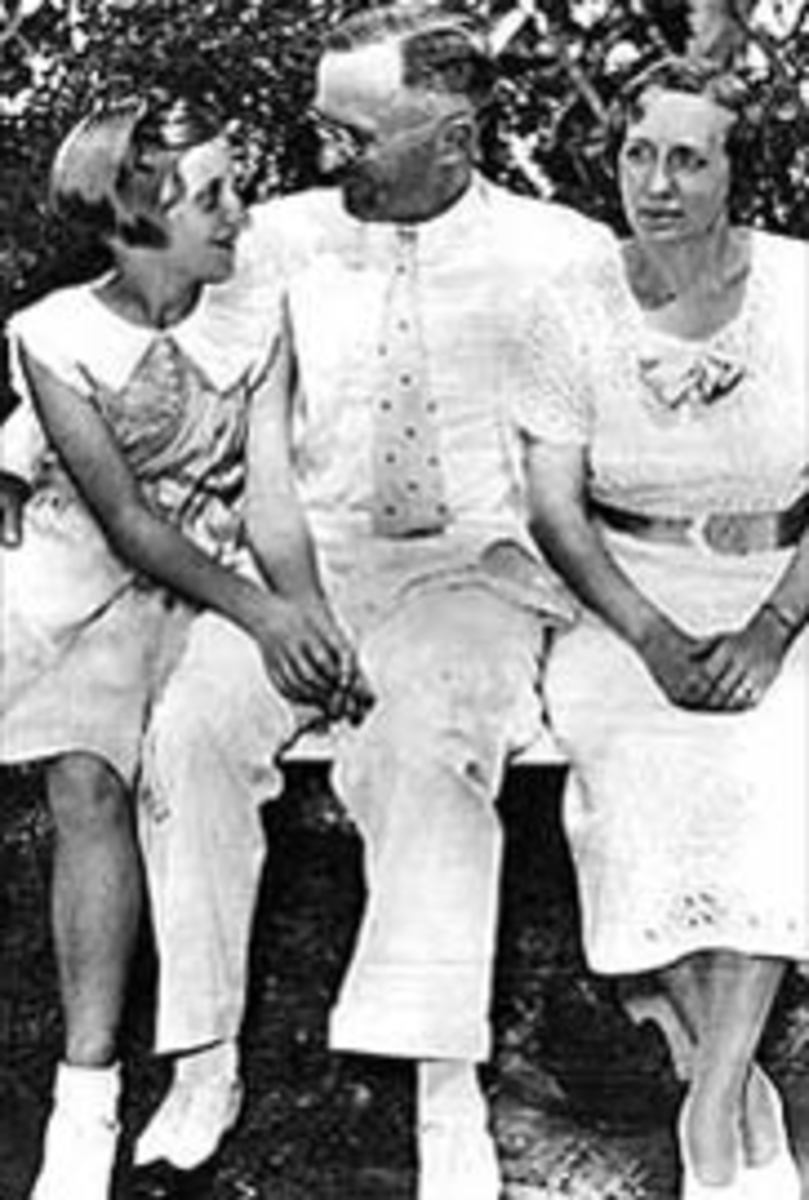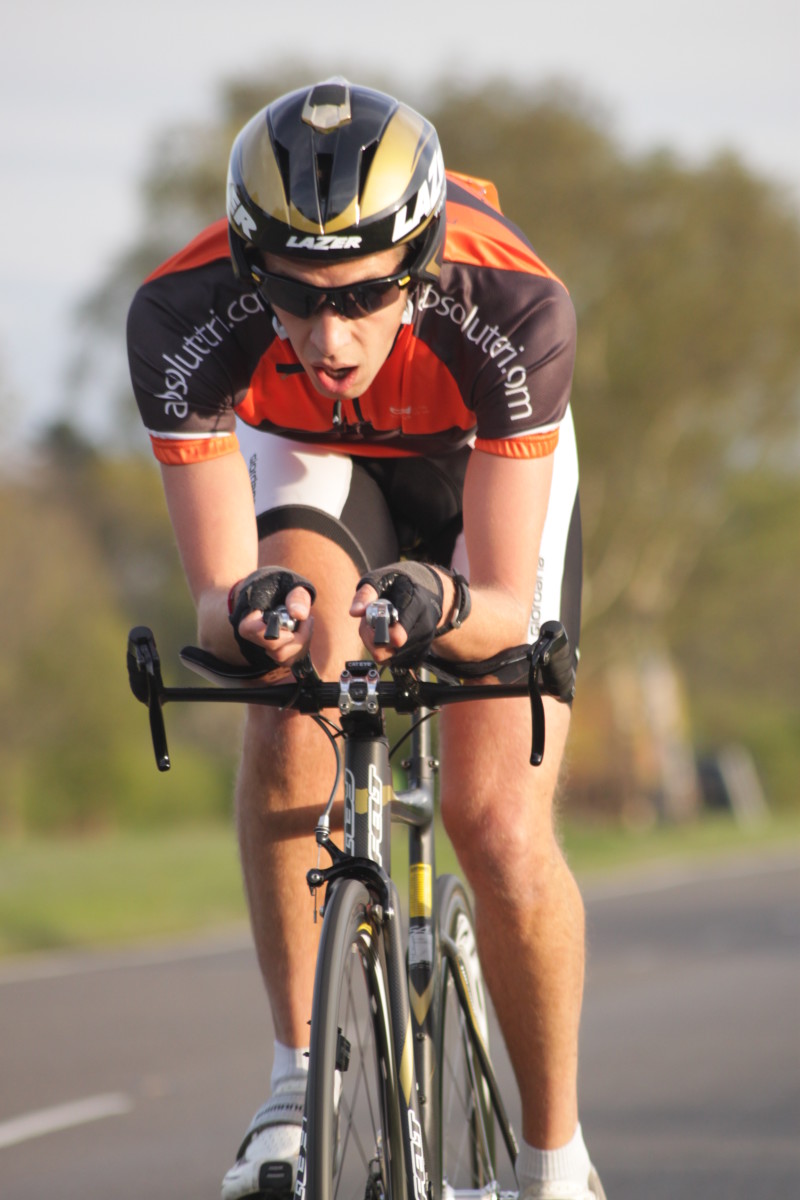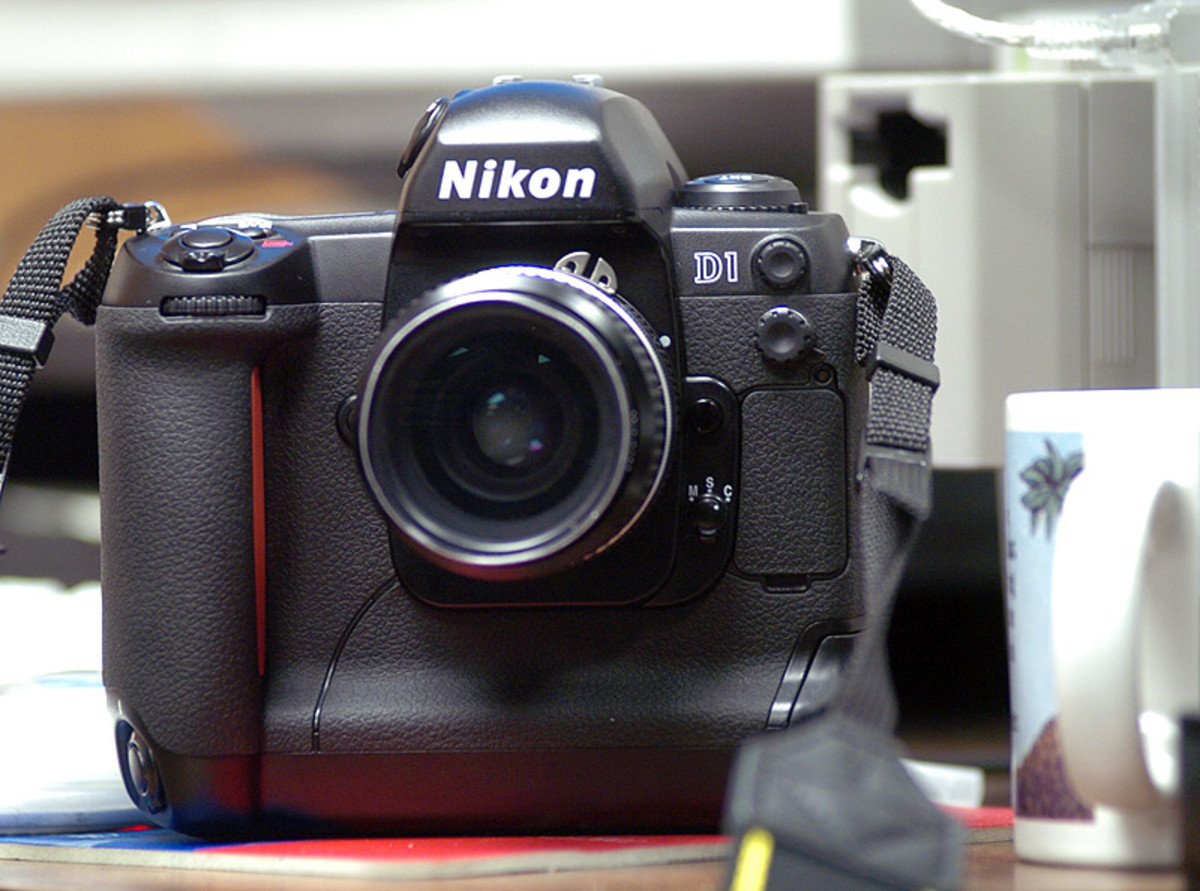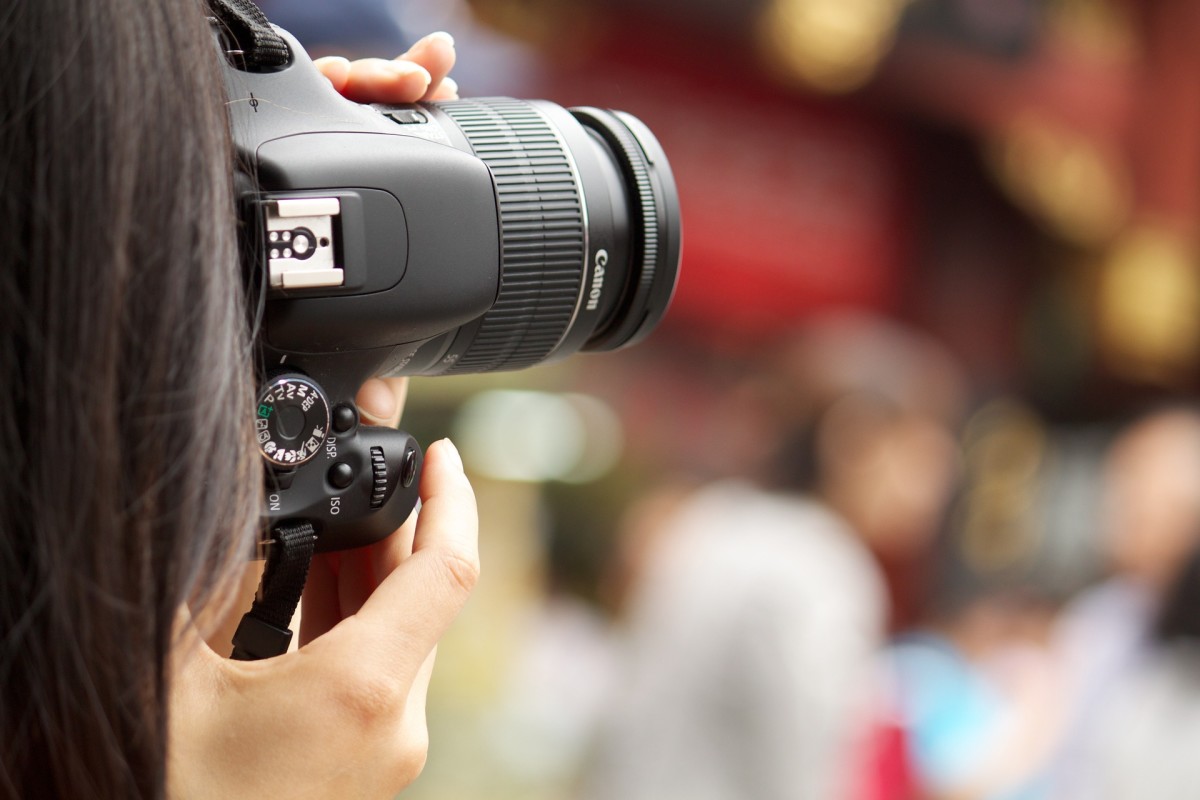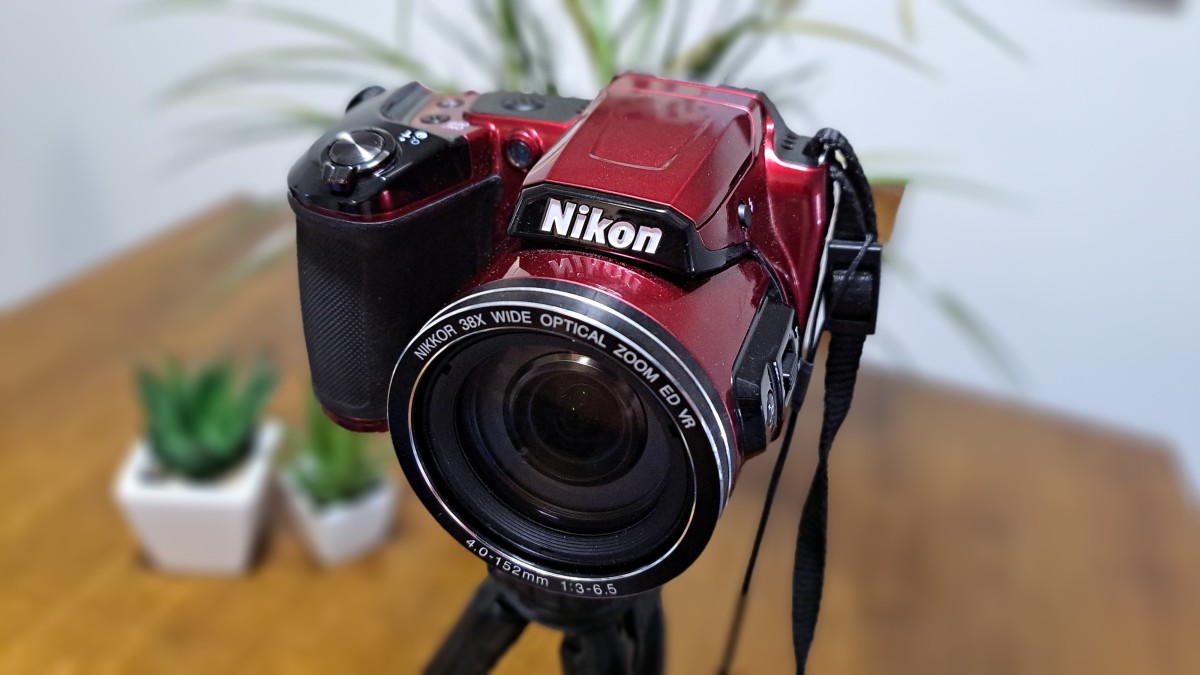- HubPages»
- Technology»
- Consumer Electronics & Personal Gadgets»
- Portable Electronics
Which DSLR Should I Buy?
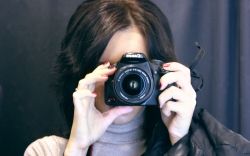
Choosing a digital slr camera
Choosing a digital SLR camera is no easy task with such a large selection available nowadays. Just browsing the internet and reading thousands of reviews will probably just give you a throbbing headache rather than help you reach a decision, if you have no idea what to start looking for. The truth is that most well known manufacturers offer excellent quality cameras with rather small differences in features and overall performance (at least for non-professionals). However, there are a few major considrations which will help you find the best DSLR for your needs and budget.
Photo credit: RF Stock pictures.
What kind of photographer are you?
What are your habits, needs and aspirations? Are you just a weekend or holiday photographer upgrading to a DSLR just for the higher picture quality? Are you in love with your wife, kids and pets and constantly shooting family photos? Are you a photo enthusiast who would like to experiment with all the features available on a DSLR, try different kinds of photography such as landscape or wildlife, portraits, macro, night shooting or sports? Are you considering moving to a semi-pro or pro level and possibly selling your photos later on?
These are all considerations that will help narrow down your search options, because each case requires different camera features. Most cameras serve most needs and requirements but, for example, if you only take pictures on your holidays and forget about your camera the rest of the time, you obviously don't need to go beyond an entry-level DSLR. On the contrary, if you are an aspiring young photographer or photo enthusiast you will probably need a lot of additional features and control over your camera' s settings.
Budget DSLR best buy
The picture quality captured by this camera is amazing for an entry level DSLR. It has many helpful features for beginner photographers and is really good value for money
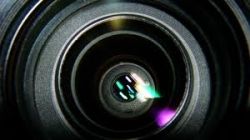
What features should you look for in a DSLR?
Here are the most important features you should look for in a DSLR
Price
Everyone is on a budget, irrespectively of what that budget is. I suggest that you decide what is the highest amount of money you are willing to pay and then find the best camera for the price. It is now possible to find budget DSLRs for under $600. They are little more than point-and-shoot cameras with lots of preset features and minimal manual settings, but they are still DSLRs as far as image quality is concerned.
Size and weight
It may not be an important feature for most people, but if you plan on carrying your camera a lot with you, or use it for travel photography or landscape/wildlife photography, you may want to look for the less bulky and heavy models.
Megapixels
More is not always better in spite of common beliefs which are enhanced by most camera manufacturers struggling to cram more and more megapixels in their newer models. The only thing more megapixels will give you is the ability to enlarge and crop pictures without individual pixels becoming visible. The more megapixels you have, the more detail is recorded, with the result that higher resolution cameras allow you to make larger prints or crop shots. For most hobbyists however, 6MP are more than enough. If you plan to sell your pictures as stock, you might want to go a little bit higher, as most stock photo agencies require a minimum of 6MP. However, paying for pixels you don't really need is a waste of money, which you could use to buy a camera with a better lens, better image processor or larger sensor.
Image stabilization, or vibration reduction or anti-shake
An important feature in a camera because it helps you shoot more sharper pictures by reducing camera shake.
Live View
This is a small (or larger) LCD screen on the back of the camera which lets you compose a picture by looking at it, instead of through the viewfinder. It did not exist on older DSLRs and still doesn't on older or cheaper models. It is a nice feature to have, especially if you shoot a lot of portraits. Personally, I never use it to shoot pictures, only to look at what the picture looks like after I have taken it.
Multi-point autofocus
A really cool feature in DSLRs. Instead of the unique central focus point, most DSLRs now have six, nine, twelve or more focus points. This means the subject does not need to be in the center of the picture to be in focus, it can be on any of the other points the camera is focusing on. Most importantly, it is possible for you to choose which focus point (or points) you want the camera to focus on!
Fast multi-point autofocus
Useful for action shots, sports or fast moving objects where you don'y have the time to compose the picture and re-focus.
High continuous speed and large buffer
Again, mostly useful for sports or action shots. This is the speed (fractions of seconds) at which the camera can take multiple consecutive shots while you just hold the shutter release button down.
Dynamic range
In situations of extreme contrast, the human eye can see a huge amount of details and color tones from very dark areas to extremely light ones. DSLRs do not have such a great range and will tend to make shadowy areas black (with little or no detail) and bright areas almost white. Some DSLRs have a greater dynamic range than others.
Low noise at high ISO settings
An important feature if you intend to do a lot of night or low-light photography. High ISO settings which enable you to shoot with little or no light, cause "noise" in the photograph or, in other words, make it look grainy. Low noise DSLRs, have the ability to reduce the amount of "noise" caused by high ISO settings.
Entry-level DSLR best buy
For an entry-level DSLR, I would limit my choice to these three models:
These are the three best entry-level DSLRs currently available, with the Nikon D3300 probably the best. You can usually buy entry-level and semi-pro models either body-only, or as part of a kit with lens or lenses included.
Entry-level or semi-pro?
What level camera should you choose?
Again, this is closely related to what features you think are more important to you in a DSLR and to the kind of photographer you are.
Entry-level DSLRs are just a "click" over point-and-shoot cameras. They do offer high picture quality and some manual control over settings. However, they have a lot of preset features and a large part of the price you pay for them is to make their operation simple and friendly enough to the layman, with LCD guides on some models, explanation of the settings and warnings whenever you have chosen a setting that will jeopardize the way your picture will turn out. If you are remotely serious about your photography you risk growing out of them pretty fast, since many of their features will become obsolete as your skills and knowledge develop. If you do have the money to buy a semi-pro model, just do it!
Semi-pro DSLRs on the other hand, are just as the title implies, in the middle of the distance between entry-level models and the truly professional models. They can also be made to work on "auto" mode like entry level models, but they also have the option of full manual control. Some of them have a middle option, where you choose one setting you want to control (e.g. shutter speed or aperture) and the camera sets the other one accordingly, to make your picture turn out as it should. They are more expensive than entry-level models but absolutely worth it in my opininon. Unless you are a professional photographer (and you wouldn't be here if you were), it is very unlikely that you will ever grow out of a good semi-pro DSLR.
Semi-pro DSLR best buy
According to most reviews, the most popular top rated semi-pro DSLR models are the following
Nikon D90-The best DSLR for almost everybody - If I could recommend one, just one DSLR perfect in almost all respects, including price, then this would be it
I strongly believe that this is one of the best value for money DSLRs, and perfect for beginners. Two and a half years ago I was in your shoes, having decided to upgrade to a DSLR and looking for a good but not terribly expensive and complicated one. I was lucky enough to narrow down my search to this outstanding camera, largely due to reviews and comments by professional photographers, according to which the Nikon D90 surpasses even many higher range cameras. I decided to buy it and I am in love with it ever since.
It is certainly an older Nikon model, having been released in 2008. However, it is like an "old times classic", surpassing many more recent models, even Nikon's (I have a soft spot for Nikon!). Another good thing about it getting older, is that its price is going down and that you can find great deals on this amazing camera.
I cannot recommend the Nikon D90 highly enough. If you don't believe me, and you have every right not to, just go and read this.
© 2011 Aquamarine18








